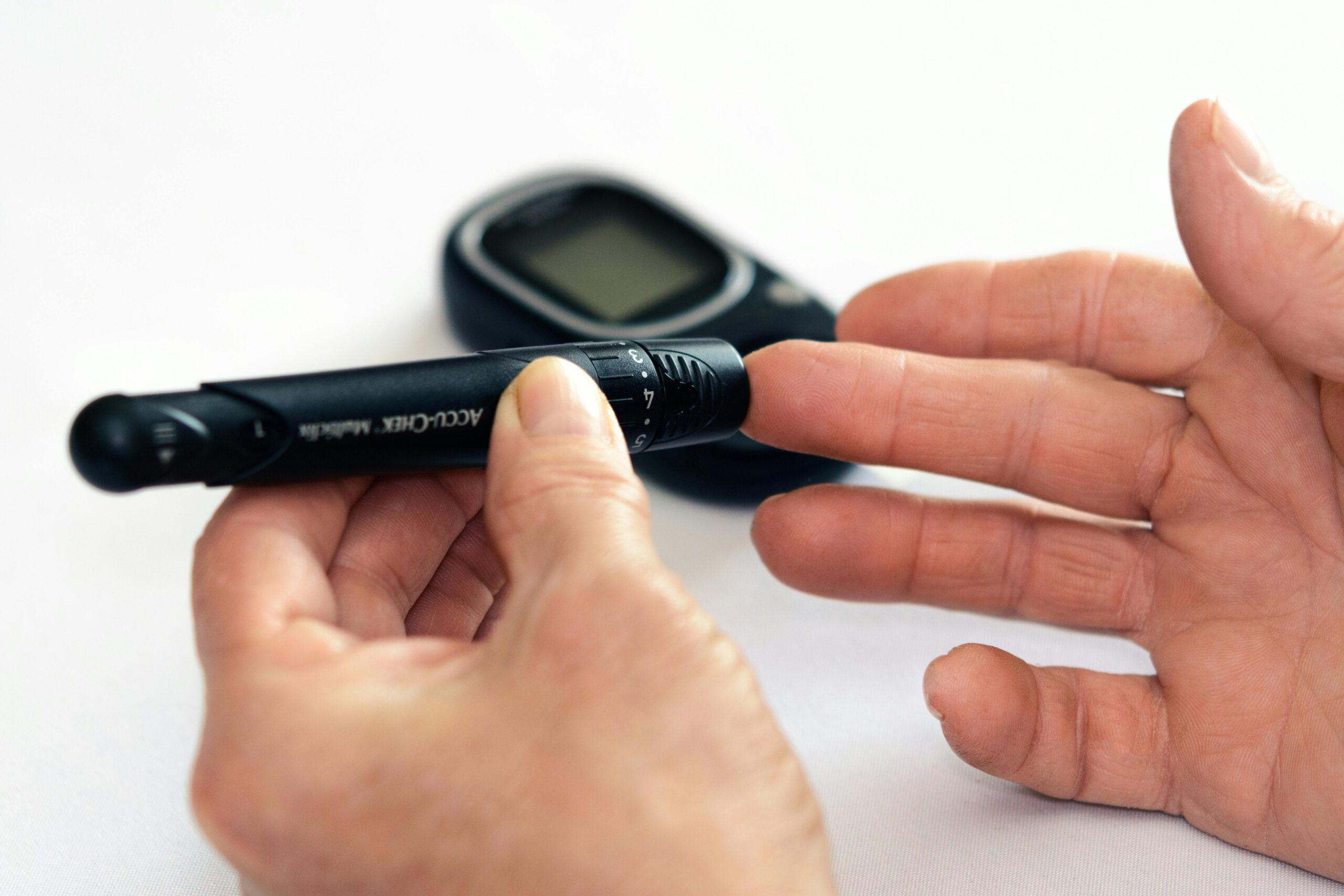Step by Step – How walking can Prevent Peripheral Artery Disease
Discover how a simple walking routine can help prevent and manage Peripheral Artery Disease (PAD). Learn step-by-step strategies to improve circulation, reduce leg pain, and boost cardiovascular health through daily walks—making movement easier and life healthier.
- Concept Editor

Dealing with Peripheral Artery Disease is not easy because it can make even a small walk painful due to restricted blood flow in legs. As Plaque builds up in the arteries, it restricts blood flow causing increased discomfort during movement. However, regular exercise is important for managing Peripheral Artery Disease symptoms. Engaging in regular, structured physical activity not only enhances circulation but also strengthens the muscles in your legs. Engaging in activities like walking or cycling helps improve circulation and muscle function, which can reduce discomfort over time. With tailored exercise plan, you can enhance your endurance and make daily movements easier.
The Walking Guide to Prevent Peripheral Artery Disease:
- Start with Fun Activities: – Incorporate walking into games and other social activities to make it more fun and interesting.
- Wear a Comfortable Gear: – Choose comfortable shoes and wear cloths according to weather.
- Stay Hydrated: – Drink water before and after your walk. Take water with you on your walk.
- Set Challenges: – Use fitness app or tracker to set and achieve walking goals.
- Schedule Walks: Integrate walks into your daily routine, such as during lunch breaks or after work, to make it a habit.
- Use Supportive Equipment: Consider using a walking aid or cane if needed for stability and balance.
- Include Rest Breaks: Plan regular breaks to rest and prevent fatigue during longer walks.
A Simple Walk Plan:
Warm-Up (5 minutes):
- Start with gentle stretches or a slow, easy walk to loosen up your muscles and prepare your body for exercise.
Main Walk (20-30 minutes):
- Moderate Pace: Walk at a pace that is brisk but comfortable. You should be able to hold a conversation without being out of breath.
- Varied Terrain: If possible, choose a route with some variety in terrain to engage different muscle groups and keep the walk interesting.
Cool-Down (5 minutes):
- Slow Walk: Gradually reduce your pace to allow your heart rate to return to normal.
- Stretching: Perform gentle stretches focusing on your legs, hips, and lower back to prevent stiffness and improve flexibility.
Benefits of Walking for Peripheral Artery Disease
- Improve Circulation: Regular walking helps to enhance blood flow and reduce symptoms by promoting better circulation in the legs.
- Strengthens Muscles: Walking strengthens the muscles in your legs, allowing them to use oxygen more efficiently and reducing the pain and discomfort associated with Peripheral Artery Disease.
- Reduces Pain: Engaging in consistent walking can help alleviate intermittent claudication (pain or cramping) by improving the efficiency of the muscles and reducing the burden on the arteries.
- Lowers Blood Pressure: Regular walking can help lower blood pressure, which is beneficial for overall vascular health and can mitigate Peripheral Artery Disease symptoms.
- Improves Cardiovascular Health: Walking supports heart health by improving cardiovascular fitness, which is vital for managing Peripheral Artery Disease and reducing the risk of heart disease.
Benefits of Walking for Peripheral Artery Disease
- Improve Circulation: Regular walking helps to enhance blood flow and reduce symptoms by promoting better circulation in the legs.
- Strengthens Muscles: Walking strengthens the muscles in your legs, allowing them to use oxygen more efficiently and reducing the pain and discomfort associated with Peripheral Artery Disease.
- Reduces Pain: Engaging in consistent walking can help alleviate intermittent claudication (pain or cramping) by improving the efficiency of the muscles and reducing the burden on the arteries.
- Lowers Blood Pressure: Regular walking can help lower blood pressure, which is beneficial for overall vascular health and can mitigate Peripheral Artery Disease symptoms.
- Improves Cardiovascular Health: Walking supports heart health by improving cardiovascular fitness, which is vital for managing Peripheral Artery Disease and reducing the risk of heart disease.
Conclusion
Peripheral Artery Disease (PAD) presents challenges, regular walking can significantly improve your symptoms and overall health. Walking enhances circulation, strengthens leg muscles, and reduces pain, making it an effective part of managing managing Peripheral Artery Disease. By adapting walking routines to fit different age groups—whether it’s incorporating fun activities for youngsters, setting goals for adults, or using supportive equipment for seniors—you can make walking both enjoyable and beneficial. A simple walking plan that includes warming up, a moderate pace, and cooling down can help you manage managing Peripheral Artery Disease more effectively and enhance your quality of life.
References:
- Better Health Channel: Walking for good health – Better Health Channel
- Frankel Cardiovascular Centre: PADWalkingProgram.pdf (umich.edu)
- Better Health Channel: Walking tips – Better Health Channel
- Penn Medicine: Best Workout to Manage Symptoms of Peripheral Artery Disease (pennmedicine.org)
- Web MD: Exercises for Peripheral Artery Disease (PAD): What You Should Know (webmd.com)
You may also like

5 min


